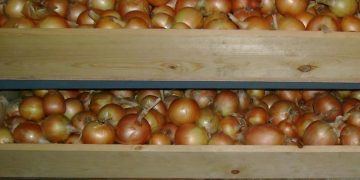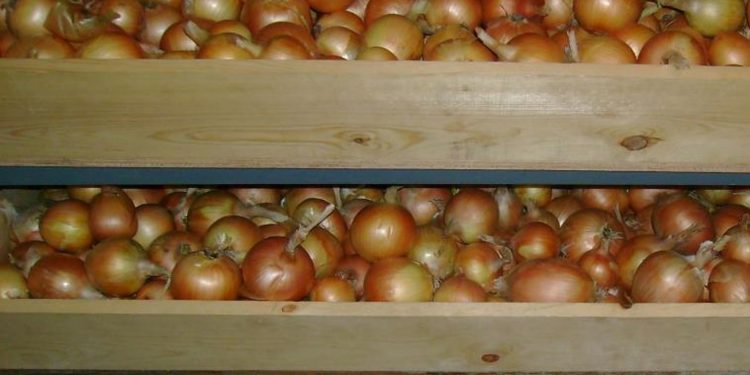As the onion harvest picks up across Spain’s main production regions, results are mixed. While yields are high across the country, many farmers face uncertainty about prices, particularly for non-contracted onions. This challenging market dynamic has been exacerbated by substantial imports from countries like Chile, Senegal, and Peru, putting early Spanish harvests under pressure and creating uncertainty for farmers in major growing regions like Valencia, Andalucía, and central Spain.
Despite promising production levels, the influx of imported onions has left Spanish supermarkets with an oversupply, limiting demand for local produce. Many early-harvest campaigns, particularly in Valencia and Andalucía, have struggled to compete with these lower-priced imports, leaving Spanish farmers searching for ways to sustain their livelihoods amidst fluctuating prices.
Diverse Outcomes in Central Spain
In central Spain, onion harvests are progressing steadily with encouraging yields. However, weed outbreaks and weather-related planting delays have added complexity to the season. According to Ruperto Mesas, an onion farmer in Cuenca, production quality and yield for his Yakama yellow onions have been high, but price discrepancies are a concern. Contracted produce is currently fetching between €0.18 and €0.22 per kilogram, while non-contracted onions are selling at much lower prices—around €0.08 to €0.10 per kilogram—making it difficult for farmers to break even.
Further north in Valladolid, Rafael del Río faces a similar yet even more challenging situation. Having planted onions for industrial processing, del Río now encounters a saturated market with limited demand for his product. His non-contracted onions are facing market offers between €0.08 and €0.11 per kilogram, while contracted produce is slightly better at €0.17 per kilogram. “The surplus stock has left us without a market,” he notes, adding to the frustration of an already challenging season.
For farmers like Rafael Castaño in Madrigal de las Altas Torres, Ávila, who began harvesting in mid-September, cooperative models are offering a partial safeguard. By selling through a cooperative, Castaño has been able to protect his margins despite low market prices. However, like many of his peers, he laments the difficulty of competing with imports while maintaining profitability.
Import Competition and Market Oversaturation
The Spanish onion market has seen rising competition from imported onions in recent years. Countries like Peru, Senegal, and Chile have been supplying European supermarkets with onions at lower costs, disrupting local markets and pricing dynamics. These imports have placed additional pressure on Spanish producers, especially for early harvests where local prices are vulnerable to being undercut.
The situation has raised calls among Spanish farmers for policy changes to protect domestic markets and to encourage consumers and retailers to prioritize locally sourced produce. While high yields would normally signify a successful season, this year’s market dynamics have highlighted the complex balance between production, pricing, and competition on an international scale.
A Difficult Balancing Act
The Spanish onion sector’s high production levels and low prices reveal the intricate balancing act faced by farmers. On one hand, improved yields reflect strong agricultural practices and favorable growing conditions. On the other hand, the influx of imported produce and price pressures signal a need for more robust market protections to help farmers realize fair returns on their harvests. For Spanish onion growers, this season underscores the importance of both contracts and cooperatives in mitigating risks and securing fair prices in a competitive market.
This season’s high yields and low prices showcase the resilience and adaptability of Spanish onion farmers, yet they also reveal the vulnerabilities of an increasingly globalized food market. As farmers adapt to production and market challenges, the need for support policies that prioritize local produce grows. For now, farmers in Spain’s key onion-producing regions are finding innovative ways to manage price risks and compete with imports, but the question of long-term viability remains at the forefront.































